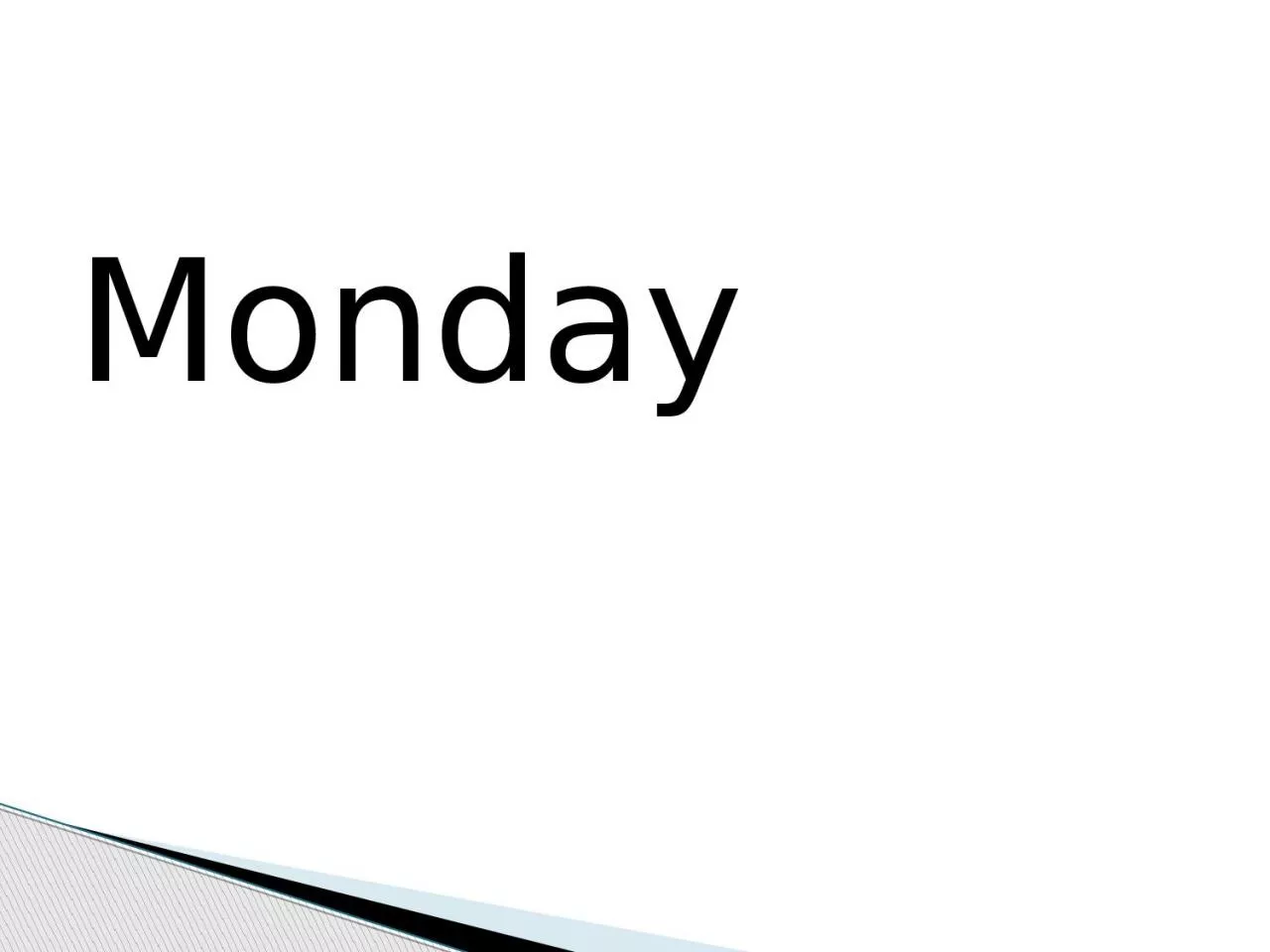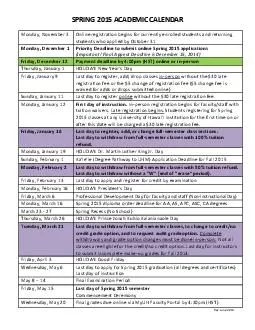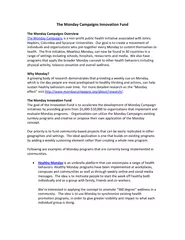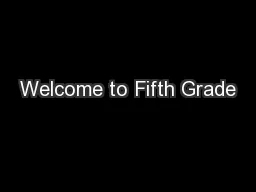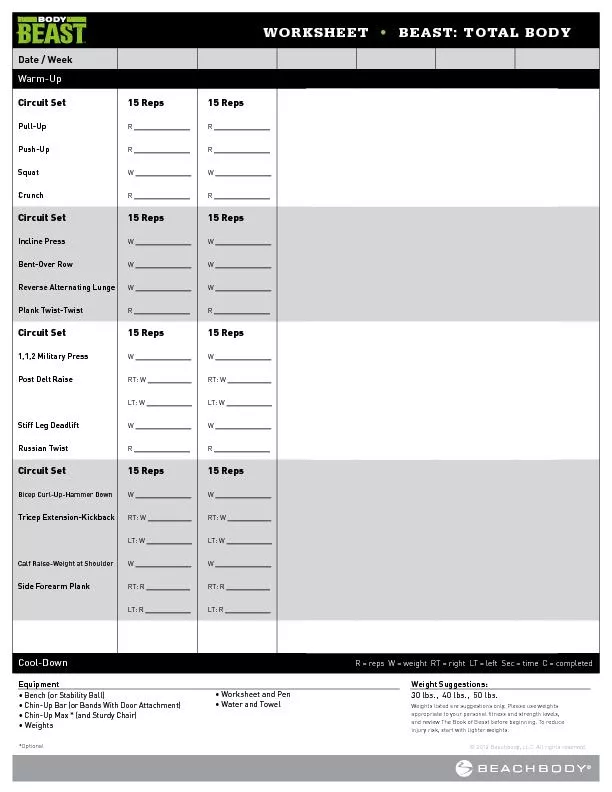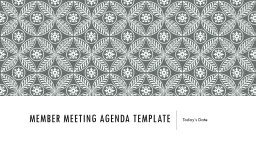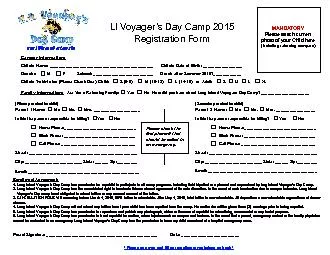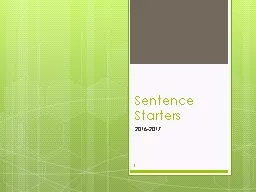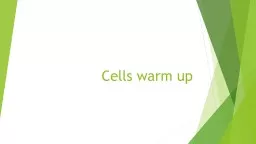PPT-Monday Warm-up – WEEK 4
Author : sadie | Published Date : 2023-11-19
WITHOUT LOOKING AT YOUR NOTES List the 5 parts of a Health Behavior Contract IN ORDER If you did not finish the Unit 1 Crossword puzzle in class last week it is
Presentation Embed Code
Download Presentation
Download Presentation The PPT/PDF document "Monday Warm-up – WEEK 4" is the property of its rightful owner. Permission is granted to download and print the materials on this website for personal, non-commercial use only, and to display it on your personal computer provided you do not modify the materials and that you retain all copyright notices contained in the materials. By downloading content from our website, you accept the terms of this agreement.
Monday Warm-up – WEEK 4: Transcript
Download Rules Of Document
"Monday Warm-up – WEEK 4"The content belongs to its owner. You may download and print it for personal use, without modification, and keep all copyright notices. By downloading, you agree to these terms.
Related Documents

